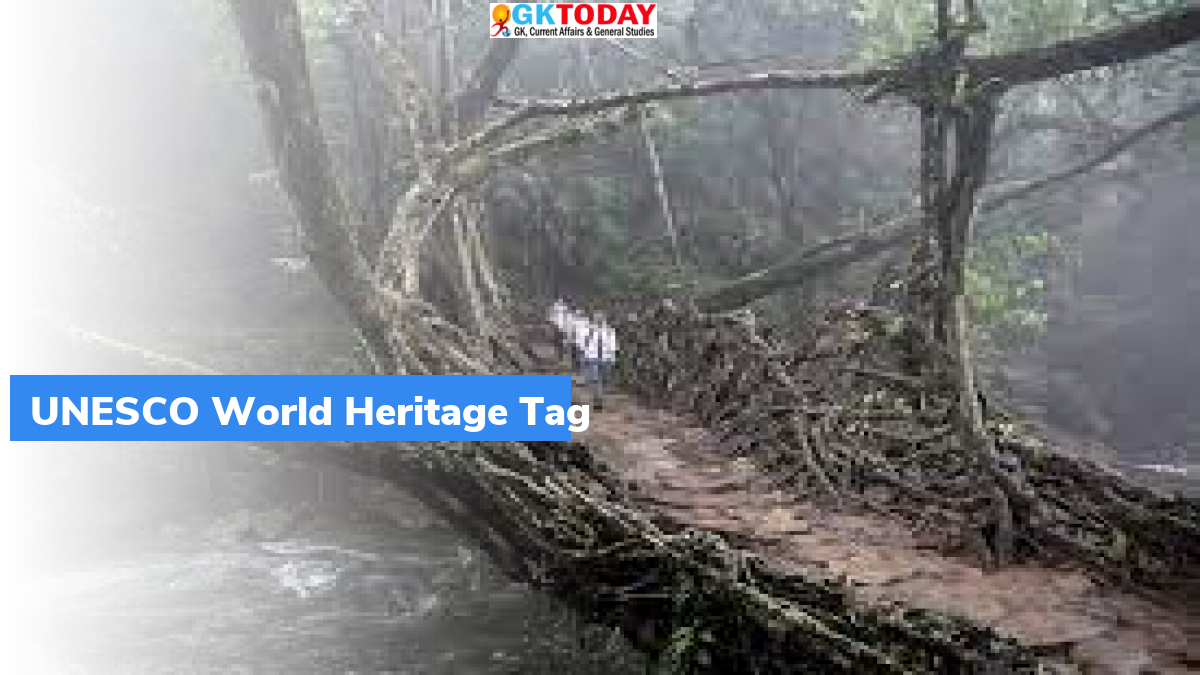Meghalaya Living Root Bridges
A living root bridge is suspension bridge across small streams. They are built using living plant roots. These root bridges are common in Meghalaya. They are hand made. They are built using rubber of fig trees. They are built by the local Jaintia and Khasi people. Recently, the India has sought UNESCO World Heritage Tag for these bridges.
Key Facts about Living Root Bridges
The bridges are locally called jingjieng jri. These bridges are 50 metres to 1150 metres above the sea level. Their maximum length is around 50 metres. Their width is around 1.5 metres. They are strong to stand for 500 years! The bridges are healthy as long as the trees from which the bridges are made are healthy.
Root Bridges in other regions
Root bridges are also built by the Nagaland people. Also, the root bridges are built by Baduy people of Java.
How is the living root bridges built?
- These bridges are formed by guiding the roots of Ficus elastic across a stream or creek. These roots then grow and strengthen over time.
- The young roots are twisted and tied together to form these bridges. The people use the process of inosculation to bind the roots together. Inosculation is growing the trunks and roots of two or more trees together.
Ficus elatica
This is the most common tree that is used in the living root bridge building. It is nothing but Indian rubber tree. It is common in US, Sri Lanka and west Indies.
Double decker
The double decker living root village is found near the Rangthylliang village. The living root bridge of Nongriat is also a double decker bridge. The Nongriat bridge is for its wide span and two lanes.
Areca palm trunks
The trunks of areca nut palms are first hollowed. Then the roots are allowed to pass through these trunks. Beetle tree trunks are also used for this purpose. The trunks are used to guide the roots. They also provide them nutrients.
Month: Current Affairs - January, 2022
Category: Environment Current Affairs • India Nation & States Current Affairs


